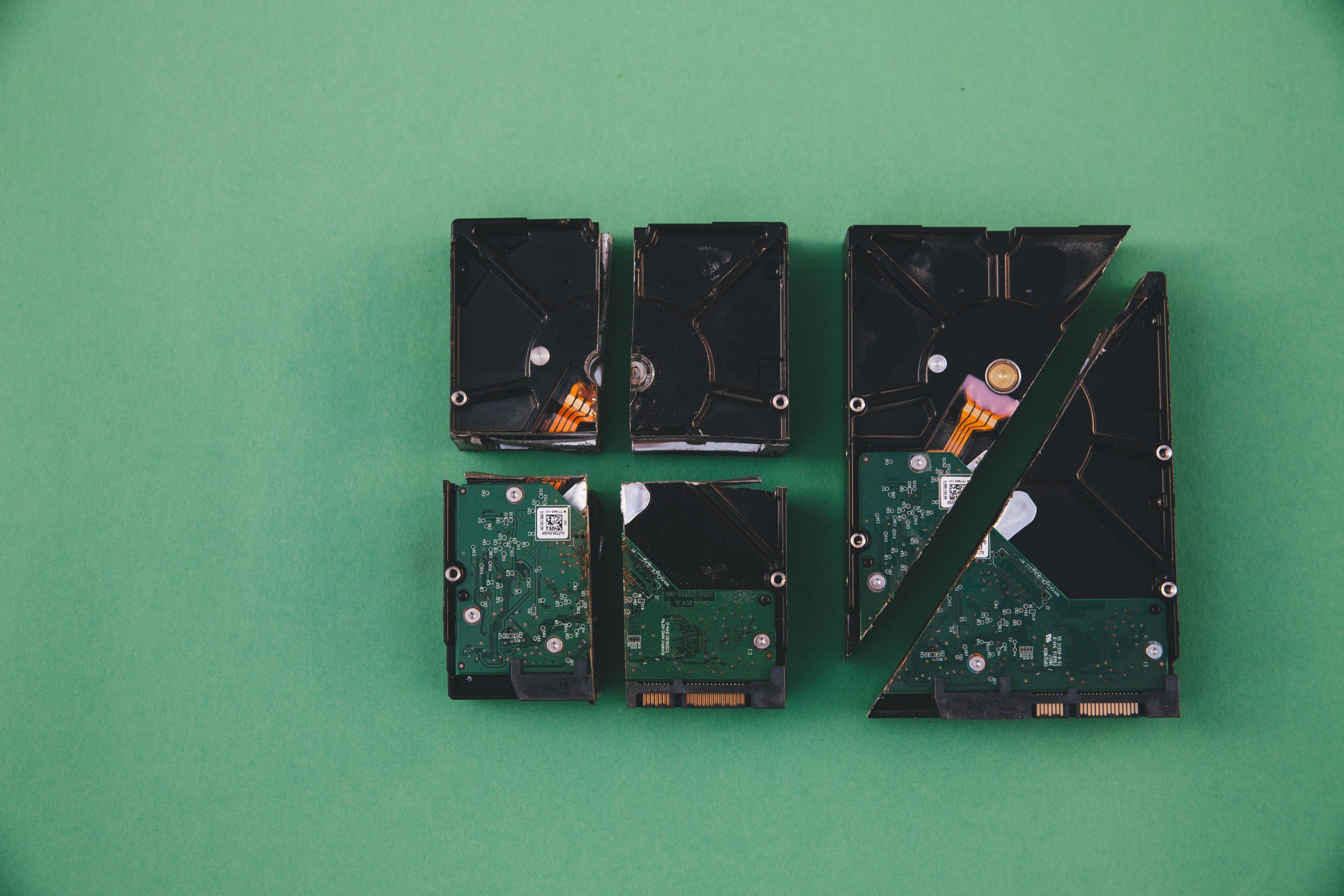Choosing a Reliable Data Recovery Service for Catastrophic Hard Drive Failures: What You Need to Know
Experiencing a severe hard drive failure can be a stressful and costly ordeal, especially when vital data is at risk. If you find yourself in this situation, understanding your options and the recovery process can help you make informed decisions. This article aims to guide you through the essential considerations when seeking professional data recovery services, based on common client experiences and industry practices.
Understanding the Severity of Your Drive Failure
Hard drives can fail for various reasons, ranging from logical corruption to physical hardware damage. In cases of catastrophic failure—such as a complete hardware malfunction or severe physical damage—the chances of data recovery depend heavily on the extent of the issue. Consulting with a professional forensic recovery lab is often necessary to accurately assess the damage and potential for data retrieval.
Selecting a Data Recovery Company: Key Factors
When choosing a data recovery service, reputation and success rates are paramount. While cost is a significant consideration—especially given that professional recovery can range between $300 and $2,500—the primary focus should be on the company’s track record and reliability.
Recommendations Based on Experience:
– Look for companies with proven success in handling complex physical recoveries.
– Read customer reviews and case studies if available.
– Ask about their laboratory certifications and the tools they employ.
– Ensure transparent policies regarding diagnostics, estimates, and data confidentiality.
Popular reputable providers include specialized data recovery labs with physical cleanroom facilities, as they are better equipped to handle severe hardware issues.
Anticipating Recovery Outcomes
A common concern is the likelihood of restoring the original directory structure and filenames. Generally, professional data recovery efforts aim to preserve as much of the original data structure as possible. However, outcomes vary depending on the specific damage:
- High Chances of Preservation: When the drive’s logical structure is intact, most files are recoverable with their original names and folder hierarchy.
- Potential Challenges: Severe physical damage may result in files being recovered as generic data blobs with non-descriptive filenames. The recovered data may appear to be a “big dump” of unclear filenames, requiring additional effort to organize.
Understanding these odds can help manage expectations and plan subsequent data organization efforts.
Alternative Strategies and Software Recovery Attempts
In less severe cases, if the drive appears less damaged than initially diagnosed, data recovery software might suffice. Common tools include Recuva, Stellar Data Recovery, or EaseUS Data Recovery Wizard, which can
Share this content:



